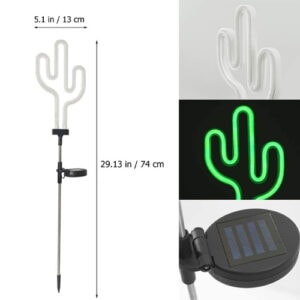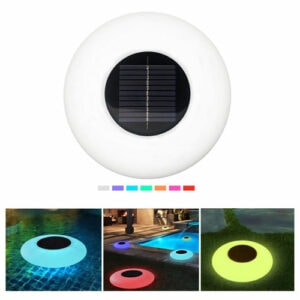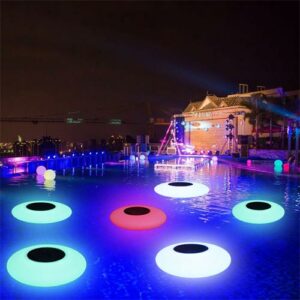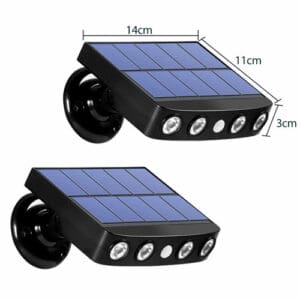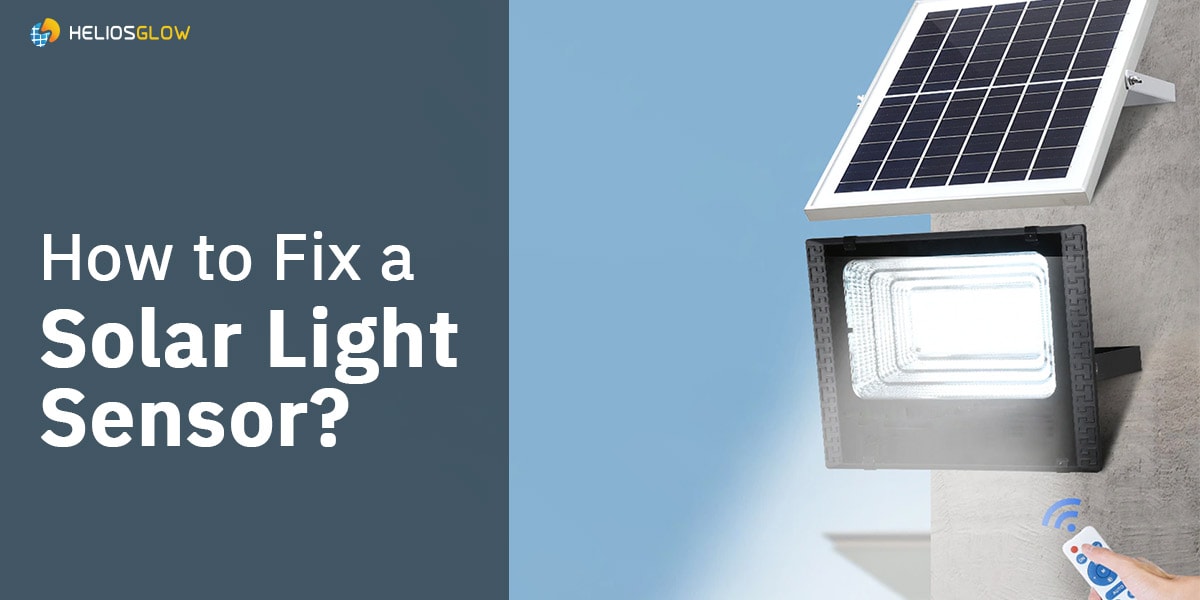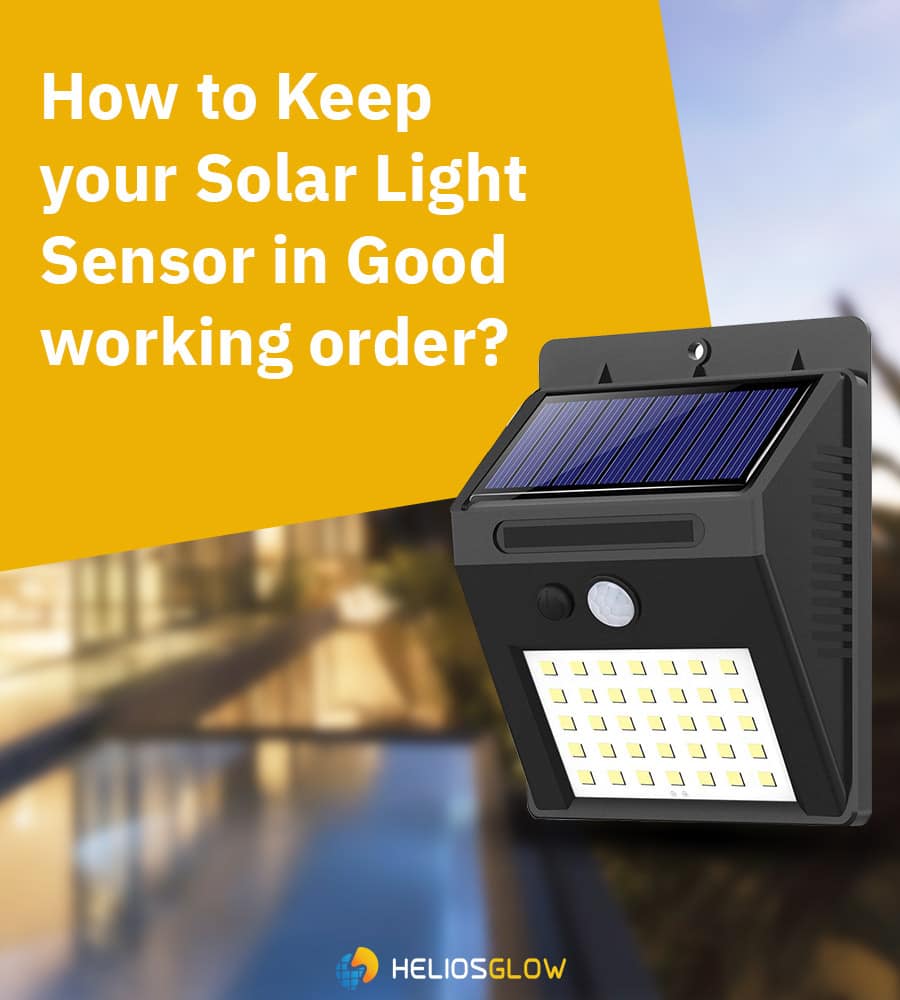Solar lights are portable lighting devices with LED bulbs, rechargeable batteries, and photovoltaic solar panels. Sunlight is absorbed by the solar panels, transforming it into electrical energy.
Either a battery is utilized to store this electrical energy, or it is used right away. Such lights’ primary function is to illuminate the night. Another crucial component of these lights is a solar light sensor; if the sensor malfunctions, the light will too. If you own solar lights, you must understand how to repair solar light sensors.
Additionally, you will discover several simple DIY solar light fixes in this post, along with information about solar light repair kits.
Understanding Solar Light Sensors
A solar light sensor is a gadget that employs light to turn a switch on or off. The photoresistor, which is used in solar lights and streetlights, is the most popular form of the solar light sensor.
Direct light sources cause the photoresistor to lower resistance and enable current to pass through the circuit, turning on the switch and the solar light.
On the other hand, the photoresistor raises resistance when it isn’t exposed to light, obstructing current passage and deactivating the switch. Solar light sensors have a wide range of uses, such as automated household appliances, lighting controls, and security systems.
Most light sensors are passive gadgets. They are divided into two groups:
1. Produces electricity when light is present (i.e., photoemissive and photovoltaic devices)
2. Conducts electricity when exposed to light (such as photojunction and photoconductive devices).
Their most typical uses include
- Solar Street Lighting
- Garden Solar Light
- Emergency solar lights
- solar floodlight
Identifying the Problem
Examining the location of the solar panel is another approach to determine if the sensor is damaged. Damage to the sensors is one of the major reason behind your new solar light performance issue.
The batteries won’t be able to be charged, and the light won’t turn on if the panel is not exposed to direct sunlight.
You may try putting your hand or a piece of black fabric over the solar panel. The sensor is functioning if doing this causes the light to turn on. You can typically establish whether a solar light sensor or other component is at fault by troubleshooting the device.
You may examine some visual cues to determine precisely what’s wrong with your solar lights, including:
- The light goes on during the daytime after only a few hours of sunshine. When the sensor is malfunctioning, this occurs. In such a situation, the light basically runs out of battery around an hour into the evening. This indicates that it is necessary to repair or replace the sensor.
- The solar light is positioned in an area with inadequate sunshine. The season shift is when this generally occurs.
- The LED, sensor, or battery may be at fault if the solar light is off during the day and still not functional at night.
- If the solar lights are flickering, there can be an issue with the cables or the LED.
Troubleshooting And Repair
Let’s learn how to repair solar light sensors after learning how to repair solar light batteries. If the issue with your solar light is unrelated to the solar battery, it is likely related to the LED or solar light sensor.
1. Examine the Batteries
Checking the batteries is the first step. They may be unable to retain a charge if they are old or worn out. The issue should be resolved by changing the batteries. Although they shouldn’t be expensive, new batteries could be difficult to install.
2. Sensor cleaning
The sensors may become covered with dirt and filth, making them unable to function correctly. Simply wipe the sensors down with a moist towel to clean them. Your new solar light could function well after cleaning the sensor for a period.
3. Modify the Sensor’s Angle
For the sensor to function effectively, it must be positioned correctly. See the user guide for your particular light to find out where the sensor should be installed. After that, make the necessary angle adjustments using a screwdriver.
4. Pull the Tab
The majority of solar lights include a tab that has to be pulled in order for them to function. This tab is often found on the light’s back. Typically, this pull tab is tiny and made of plastic, making it simple to overlook. Look for this tab and pull it if necessary to fix your solar lights.
How to Keep Your Solar Light Sensor in Good Working Order?
Solar lights are a fantastic way to illuminate a space without raising your energy costs. Solar lights, such as wall lights, spot lights, pathway lights depend on a sensor to turn the light on.
Sometimes the light sensor might get clogged or damaged, impairing its ability to function. Here are some pointers for maintaining the functionality of your solar light sensor:
A location where the solar light will get direct sunshine during the day is required. If the solar panel is located in a shaded area, the battery may not receive enough light to power the light at night since the solar panel needs sunshine to recharge the battery.
Clean the light sensor regularly. The light sensor may become covered in dirt and dust, which will keep it from working. Remove any dirt or debris by wiping it off with a soft cloth.
Regularly check the batteries. Rechargeable batteries used in solar lights will eventually lose their capacity to store a charge. The solar light sensor won’t function without a charge, either.
Conclusion
It might be annoying when your solar lights quit working. However, with a little troubleshooting, you ought to be able to identify the issue and have your lights operational once again in no time.
You have learned everything there is to know about solar lights in this post, including how to diagnose and troubleshoot solar light sensors. Solar lighting is a superb example of a clean energy gadget that works to lessen global carbon emissions.
Instead of throwing away the solar lights and buying another one when a tiny problem arises, it’s best to apply straightforward solutions. The entire goal of employing solar lights to achieve sustainability will be lost if you alter them because of little problems.

